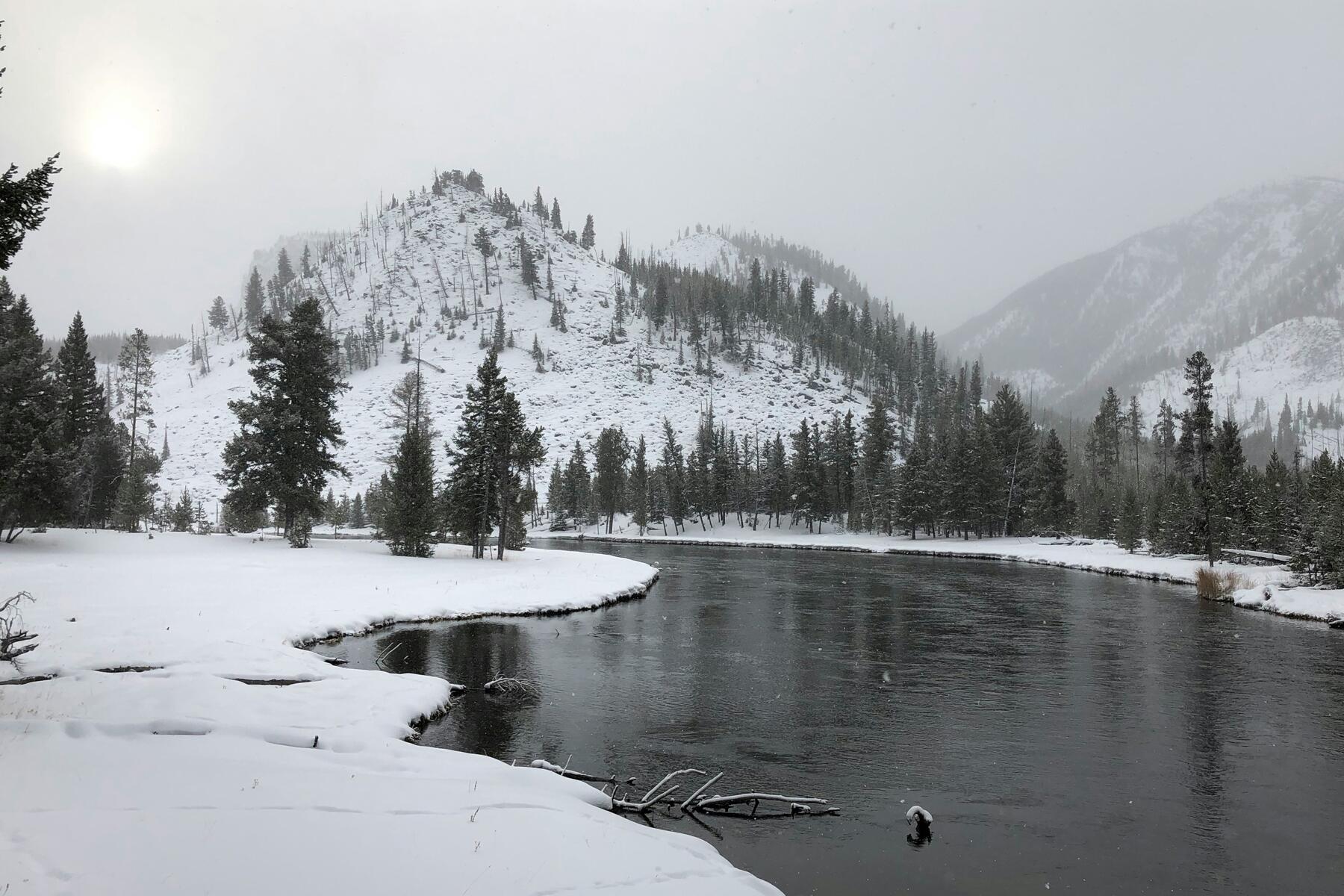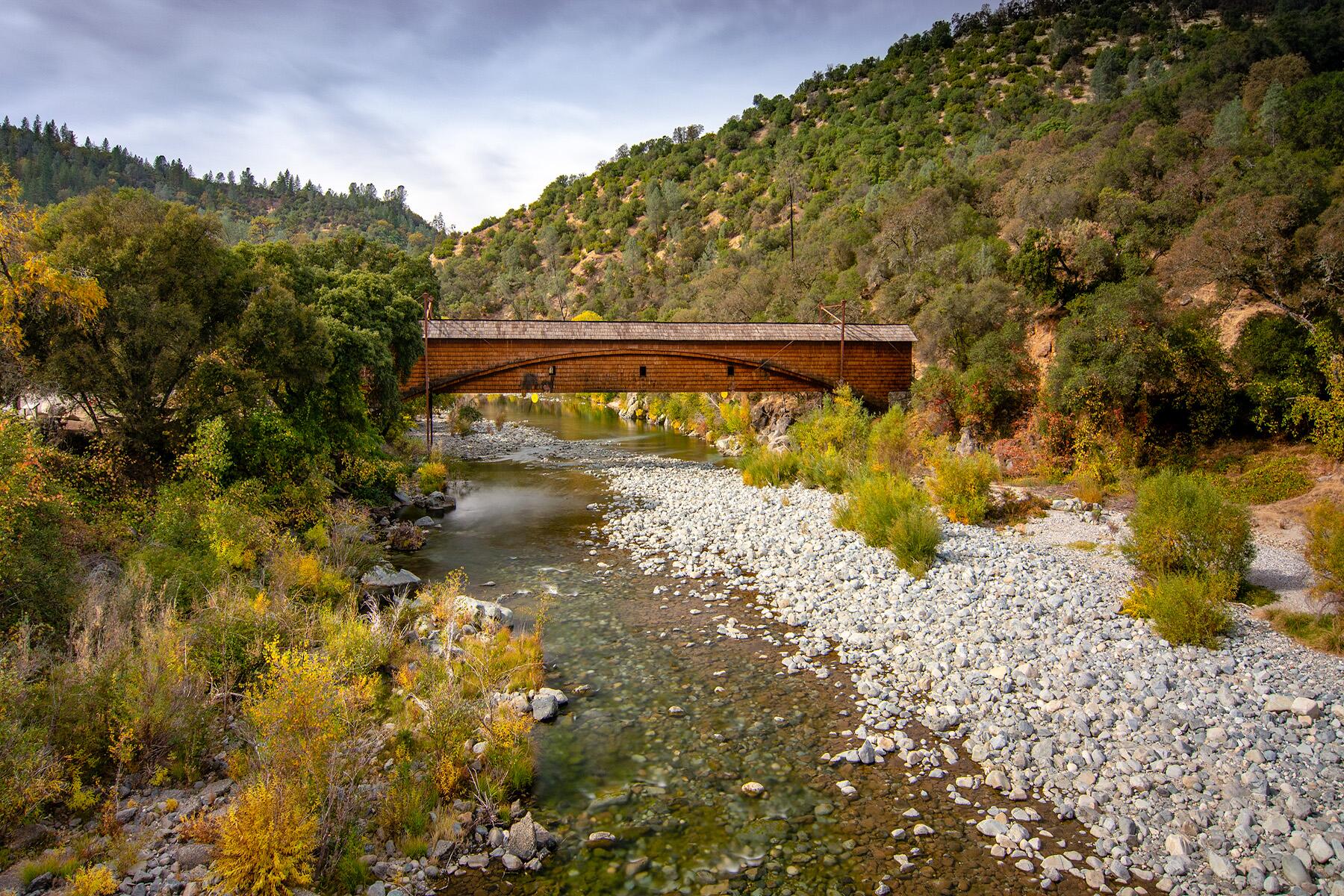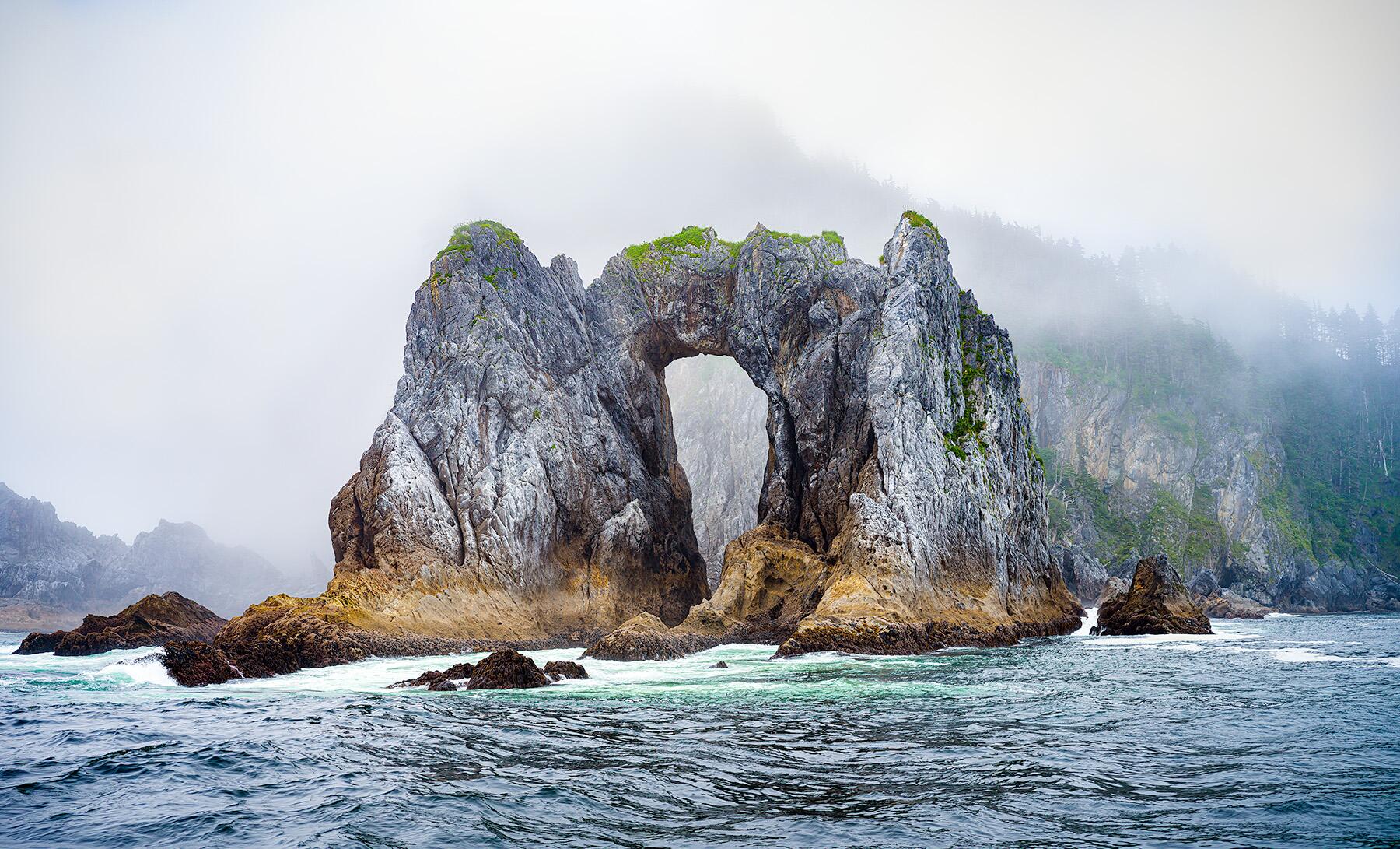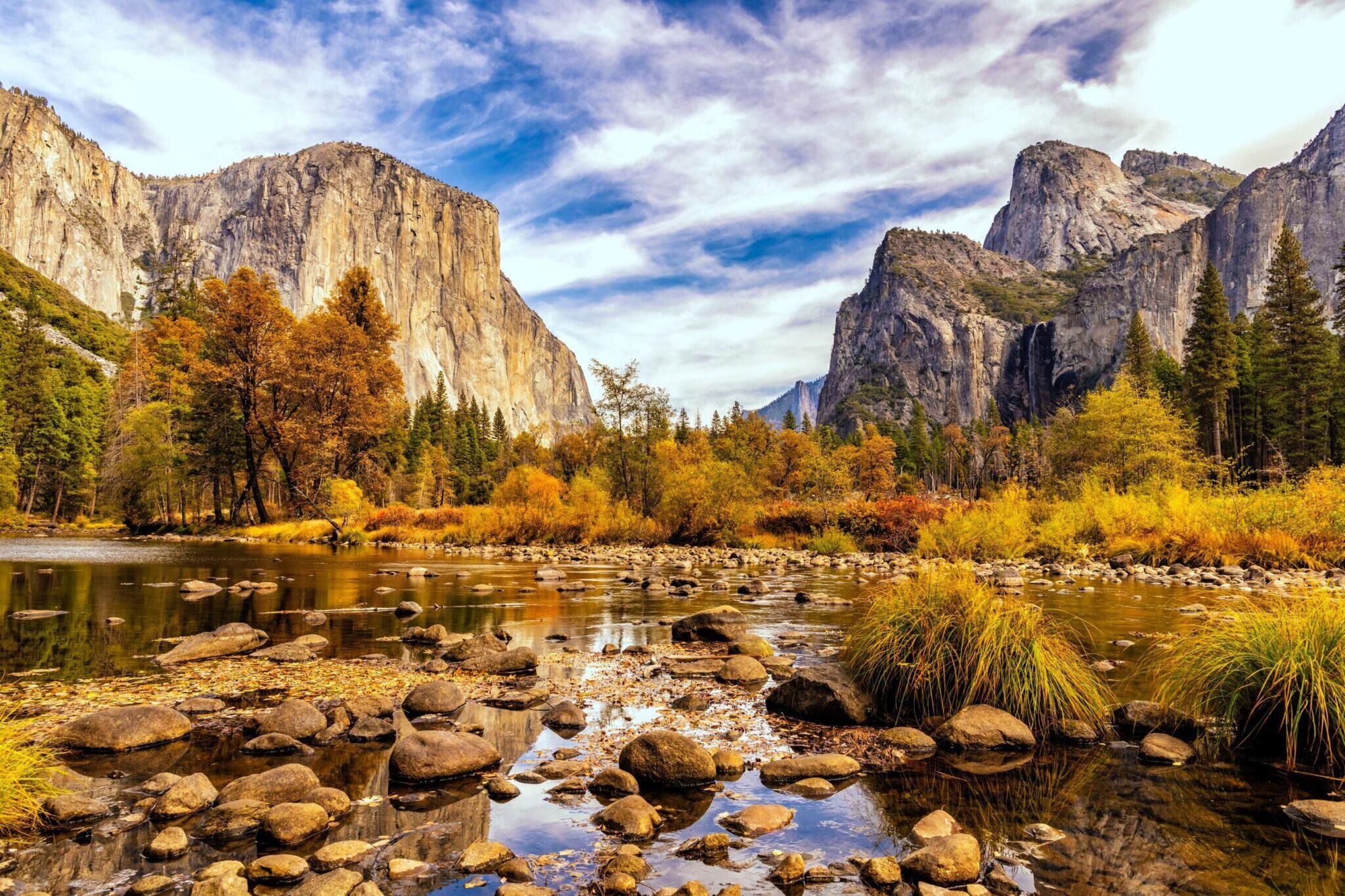From lush cascades to craggy peaks to tiny islands, Croatia is more than a Game of Thrones backdrop.
Croatia’s pebbled beaches have long been a siren song to northern and central European vacationers, but the country’s tourism industry soared when the medieval city of Dubrovnik became a key filming location for HBO’s staggeringly popular Game of Thrones series. But Croatia is so much more than a walled fortress on the Dalmatian coast. It’s too easy to miss out on the small country’s shocking variety of landscapes: the Dinaric Alps, the low mountains and cliffs hugging the coast, the dozens of islands, and the lush forests in the interior of the country. From the northern wild of Risnjak to the flourishing banks of Plitvice Lakes and beyond, Croatia’s national parks are so compelling that they made it onto the Fodor’s 2019 Go List. Here’s our take on all eight—including the best and worst things about them—in order from worst to best.




